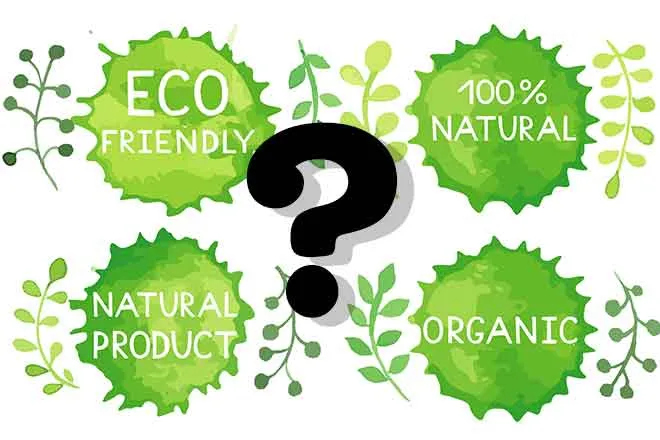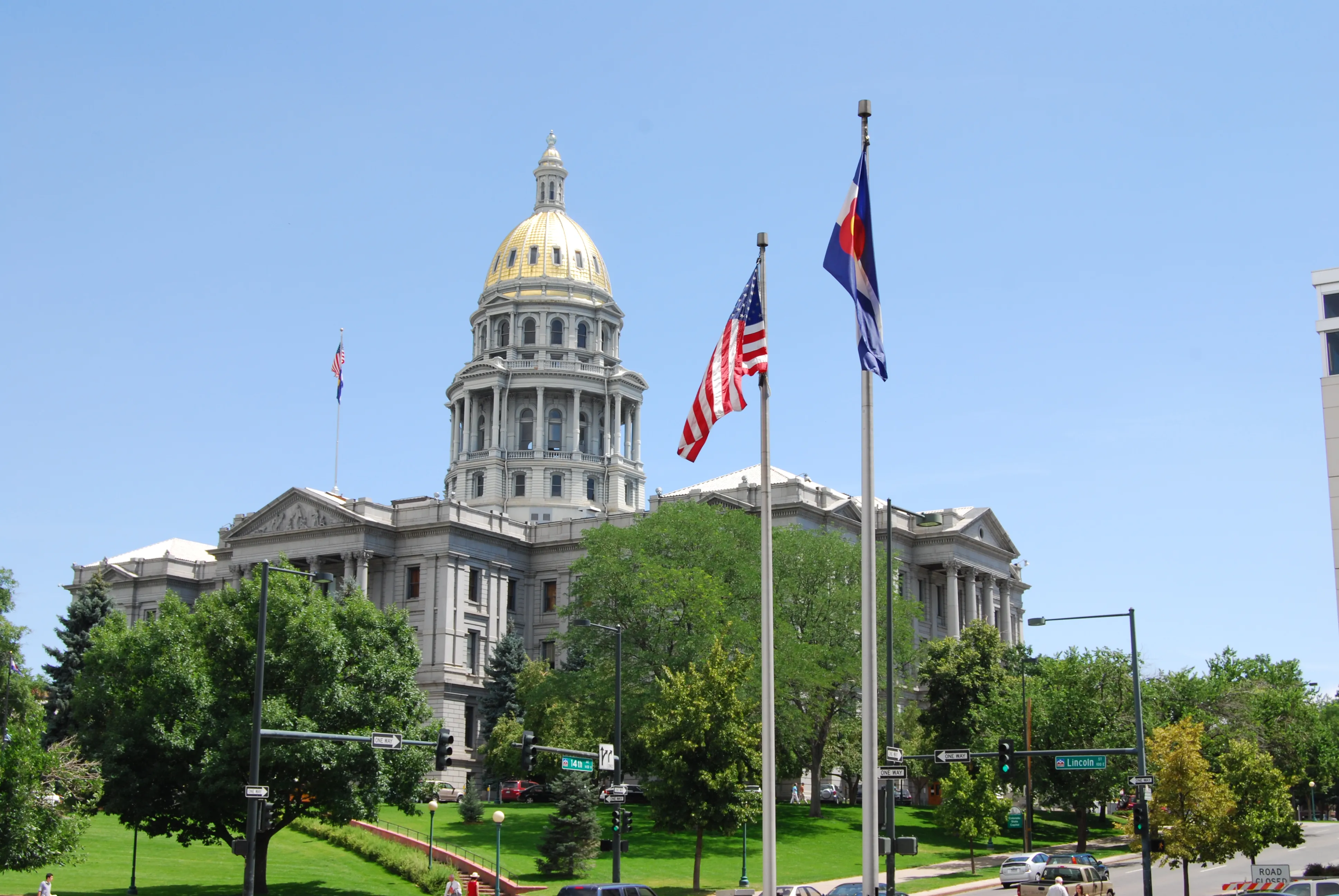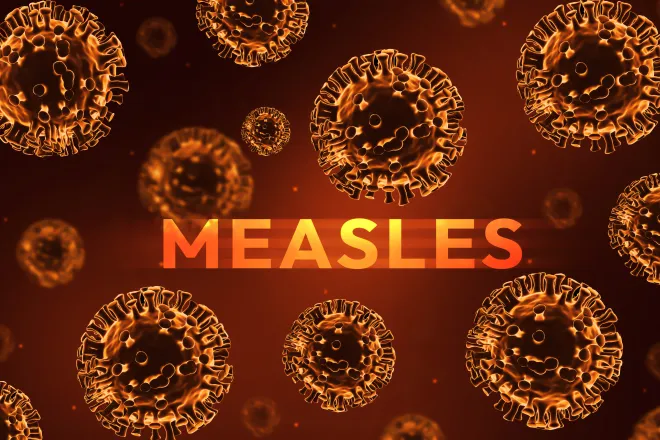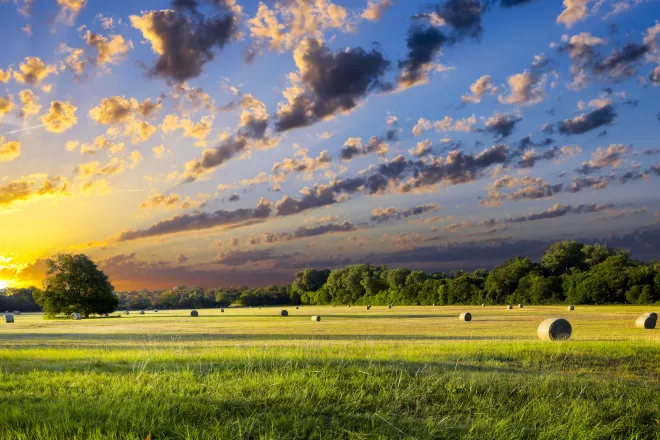
EarthTalk - What are some natural ways to fight ocean acidification?
©
Dear EarthTalk:
What are some natural ways to fight ocean acidification?
Jim Kline, Boston, MA
Ocean acidification, the lowered pH levels of ocean water, has become a big threat to the environment in recent years. According to the European Environment Agency, the ocean’s acidity has increased 15 percent from 1985 to 2024 because of rising levels of carbon emissions. It occurs when excessive amounts of carbon dioxide (CO2) are absorbed by the ocean, causing naturally-forming carbonate ions to break down into hydrogen ions. This lowers both the pH level of the water and the quantity of available carbonate ions. For mussels, coral, clams, crabs and other organisms that depend on carbonate ions to create their shells, ocean acidification is extremely detrimental. Furthermore, losing a consistent supply of mussels, oysters, clams and lobsters endangers a 100-million-dollar industry and many employees.
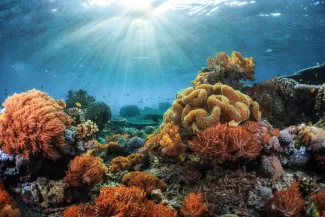
© mihtiander - iStock-598177542
Kelp farms are one sustainable local solution. These underground farms cultivate seaweed that naturally consume CO2 and prevent it from harming other marine life. “We always suspected that there was this positive interaction between the mussels and kelp,” says Matt Moretti, CEO and co-owner of Bangs Island Mussels. “We suspected that because kelp photosynthesises, it sucks carbon out of the water and therefore must be good for the ocean and good for the mussels.” Colder regions with lower ocean temperatures are typically at higher risk for acidification. With growing numbers of kelp farms in regions like New England and the Pacific Northwest, experts are effectively fighting acidification where it matters most. Moretti says that kelp farming actually has a significant impact. In many cases, farmers pass along the cultivated kelp to local producers who then create kimchi and other fermented products.
In addition, the National Oceanic and Atmospheric Administration (NOAA) is addressing ocean acidification at a federal level with their CO2 Reduction (CDR) strategy. This method takes atmospheric CO2 and keeps it on land or underground instead of in the atmosphere. NOAA is making progress in the industry with leading CDR pathway models and projections, data observations of coasts, and research on ecosystems. Also, NOAA plays a crucial role in regulating voluntary carbon markets and CDR technology. According to a report by McKinsey & Company, by 2050, the CDR industry is projected to generate over a trillion dollars. NOAA’s oversight ensures the credibility of the growing industry and promotes long-term impact on ocean acidification.
Alongside the efforts of local kelp farmers and national organizations, individuals can work to fight ocean acidification by reducing their personal carbon emissions and supporting organizations that are committed to minimizing their carbon footprint.
CONTACTS
- Carbon Dioxide Removal - NOAA Ocean Acidification Program, https://oceanacidification.noaa.gov/carbon-dioxide-removal/
- CO2 and Ocean Acidification: Causes, Impacts, Solutions, https://www.ucs.org/resources/co2-and-ocean-acidification.
EarthTalk® is produced by Roddy Scheer & Doug Moss for the 501(c)3 nonprofit EarthTalk. See more athttps://emagazine.com. To donate, visit https://earthtalk.org. Send questions to: question@earthtalk.org.



